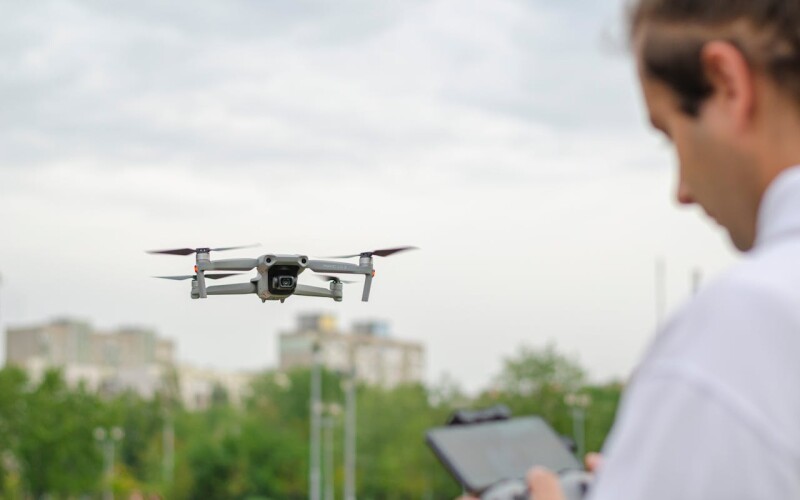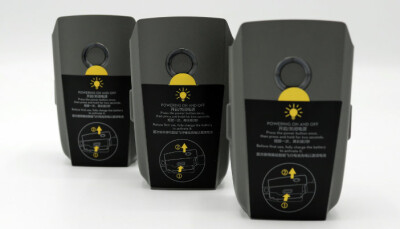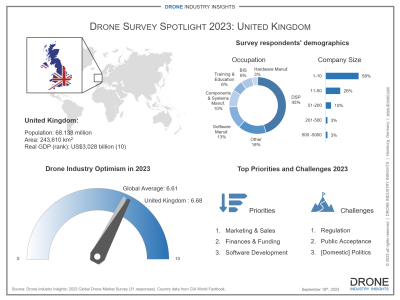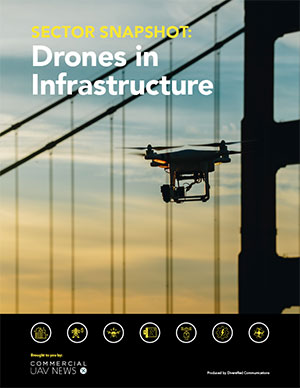This week’s “Around the Commercial Drone Industry” news round-up looks at a new drone traffic management system developed at Virginia Tech, a unique drone and helicopter partnership aimed at energy & utilities monitoring in the UK, and an argument for integrating solid-state batteries in drones.
Drone Traffic Management from Virginia Tech
Virginia Tech reports that its Mid-Atlantic Aviation Partnership (MAAP) “recently helped operationalize the first uncrewed aircraft traffic management system, also known as drone traffic management, in the US.” Aimed at reducing the number of drone-on-drone collisions, is system is “now available for any entity – industry or government – to enhance the safety of its drone use.” MAAP’s effort, which was supported by NASA and the Federal Aviation Administration (FAA), is based on “years of testing traffic management systems that share ongoing flight data to deconflict drone flights.”
NHV and Flylogix Merge Drone and Helicopter Operations
NHV has signed an agreement with Flylogix to merge their helicopter and drone offerings to support offshore energy & utilities monitoring. As described by sUAS News, the arrangement would combine Flylogix’s long-distance “mini planes” with NHV’s helicopters to “provide services including monitoring of harmful offshore methane emissions, photography to check the integrity of ageing oil and gas platforms, and defense surveillance of critical infrastructure like pipelines.” At the outset, the effort will be focused on the UK North Sea and the East Irish Sea.
A Push for Solid-State Drone Batteries
An opinion piece in Forbes pushes for the advance of solid-state batteries for drones. In the piece, Siyu Huang, CEO and Cofounder of Factorial, describes the advantages of solid-state battery technology, including expanded energy storage, superior performance, safety improvements, and “greater resilience in extreme environments.” Huang states that “solid-state batteries can be integrated into drone platforms in as little as 12 months,” and the benefits of using solid-state batteries create “a unique first-mover opportunity for solid-state batteries in drones and UAS—well ahead of adoption in other transportation sectors.”















Comments